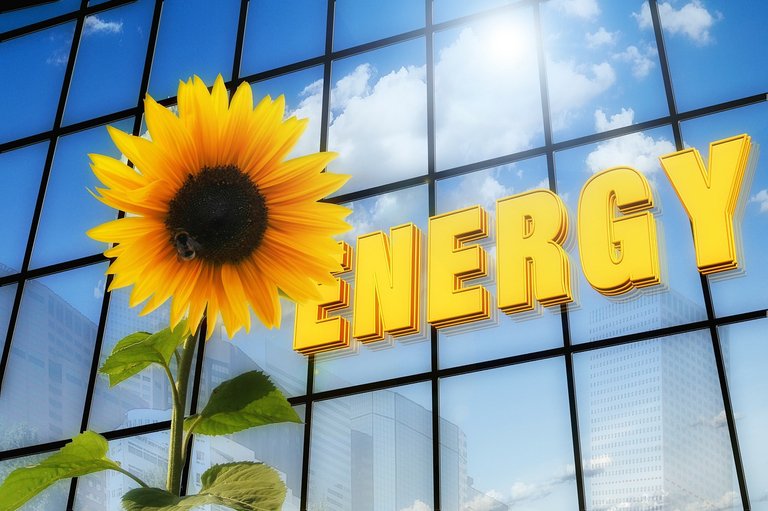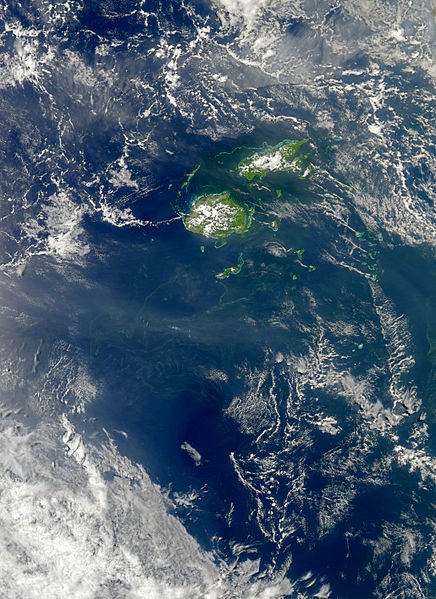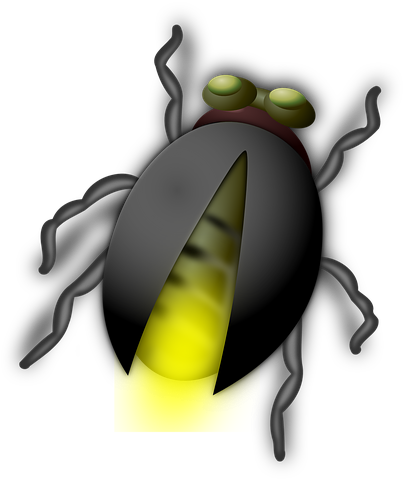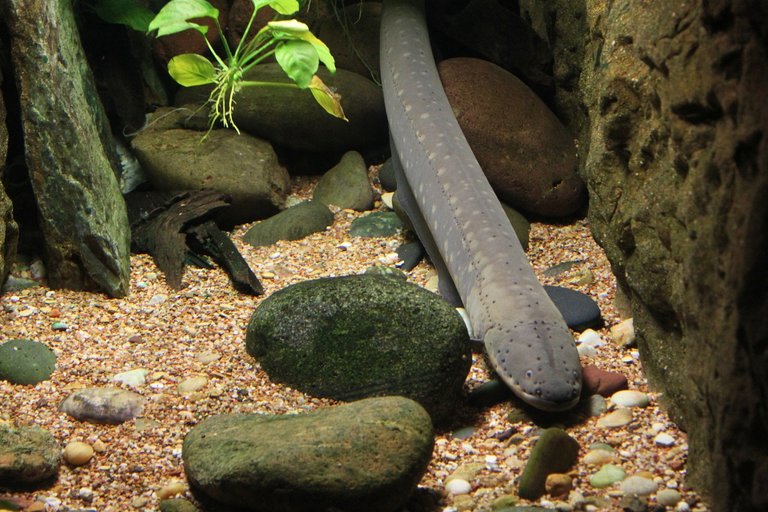Everything in life needs energy
All living organisms need energy. As you sit or recline to read this post, you might not think that you are using up so much energy. In fact, however, even at rest our body needs a constant supply of energy. Let's think about some of the processes going on within our body. For instance, our heart is beating and we are also breathing. The food we eat is being pushed along our intestine and the food ingested is being absorbed from our intestine into our blood. Urine moves from our kidneys to our bladder. Our nerves keeps receiving information from our sense organs to our brain keeping us informed of changes in our environment. We are thinking and our brain is processing information coming in from the sense organs, sorting out what is important and what can be ignored. And unless you are sitting in a sauna, you are probably losing heat to your surroundings.As a warm-blooded organism, we need to replace any heat that we lose in order to maintain a constant internal body temperature. Some of the molecules from food we have digested, amino acids for example, are being used to make new cell components, new cells and new tissues. All of these processes (and many more) need energy.
 )
)Solar energy, photosynthesis, and Respiration
This planet, and all the living things on it, must have energy and almost all of it is supplied by our nearest star, the Sun. A huge amount of sunlight reaches the surface of the Earth but only about two per cent of it is actually absorbed by plants. The rest of the energy is not lost; by heating up the land, air and water it prevents the planet from freezing.In photosynthesis, plants exploit radiant energy from the Sun, using it to convert simple inorganic substances (mainly carbon dioxide and water) into larger organic molecules (glucose, starch, lipids and proteins), The plant tissues built from the products of photosynthesis form food for organisms that cannot make their own food (animals, fungi and most bacteria). Some of these become food for other organisms. Ultimately, therefore, the products of photosynthesis provide the energy that all living things need for growth repair, movement and many other life processes. This energy is made available to living things through the process of cell respiration.
I will write more on cell respiration in detail in my next post. But first, there are some key concepts that we need to understand before we can study the biochemistry of the process.
 )
) )
)Photosynthesis by blue-green bacteria was responsible for the appearance of oxygen in the Earth's atmosphere two billion years ago, and photosynthesis by plants maintains the oxygen level at 20 per cent of the atmosphere today.
WHY DO LIVING THINGS NEED ENERGY?
Living things need a constant supply of energy to maintain their life processes. Let’s discuss more about the main life processes.For growth and repair of cells and tissues.
Energy is required for the biochemical reactions that build large organic molecules from simpler ones. For example, energy is needed to build proteins from amino acids.For active transport
For movement
Generally speaking, all organisms move, and movement requires energy. However, movement can be considered on several levels: • within cells, e.g. chromosomes separating • whole cells, e.g. white cells engulfing bacteria, sperm swimming. • tissues, e.g. muscles contracting. • whole organs, e.g. a heart beating. • parts or whole organisms, e.g. talking, walking etc.Temperature control
Warm-blooded animals, endotherms, use large amounts of heat energy to keep their body temperature constant. Humans use around 70 per cent of the energy from respiration to maintain the body at a constant 37 °C. Many smaller endotherms such as hummingbirds and shrews lose heat more rapidly because of their large ratio of surface area to volume. Almost all of their energy of respiration is used to regulate body temperature.MAKING ELECTRICITY AND LIGHT
Some organisms are able to use the energy in food to produce light or electricity. )
)The figure below shows an electric eel, which uses rapid discharges of electricity to stun its prey. The electric eel can deliver enough electricity to kill other fish swimming nearby, or to stun anyone unlucky enough to step on it.
 )
)HOW DO LIVING THINGS GET THE ENERGY THEY NEED?
In order to respire and so release energy, organisms need a supply of food. Food can be obtained in two ways: Some organisms can make their own food. Organisms that can do this are called autotrophs (meaning 'self-feeders'). They are able to use energy from the surroundings to make their food. There are two kinds of autotrophs, the photoautotroph and the chemoautotroph
Photoautotrophs, such as green plants, can photosynthesise, using sunlight to make their food. Chemoautotrophs, all of which are bacteria can synthesise their food using energy made available from chemical reactions other than those involved in photosynthesis. Bacteria responsible for some stages of nitrogen recycling are chemoautotrophs.
 )
)Some organisms need to obtain ready-made food because they cannot make their own. Such organisms are called heterotrophs. Heterotrophs must obtain their food, either directly or indirectly, from organisms that can synthesise food (usually plants). They either eat their food (ingesting it into a gut, as most animals do) or digest the food first and then absorb the nutrients, as decomposers, mainly fungi and bacteria, do.
Conclusion
Everything in life needs energy including you and I. Despite the fact that we might not know we're actually consuming energy, but still we are. All the actions we take and undergo requires some sufficient amount of energy. Energy aids digestion, keeps our bodies warm, help in so many processes in the body. Mind you, more than 90% of energy required by all living things are gotten from sunlight in the form of photosynthesis and solar energy.Living organisms need energy for quite a lot of functions such as in the repair of our worn out tissues, moving of our body parts, transporting fluids through the body and for controlling our temperature. Some organisms such as the glow worm, fireflies and electric eel have the ability to generate light or electricity from the energy they derive from food.
Finally, living things get the energy they need from food in a series of ways. Some do get it on their own either through sunlight or chemical reactions while others have to rely on ready made foods.
@jerjanjo, Yes, every creation of this universe one or other way related to energy and it's component of energy that's why it needs energy to process and transform.
Thank you for the nice overview!
Curious about your upcoming articles.
Regards
Chapper
Thanks for your great comment, I appreciate. Be on the look out for my subsequent posts, I promise not to let you down.
This post has been voted on by the SteemSTEM curation team and voting trail. It is elligible for support from @curie.
If you appreciate the work we are doing, then consider supporting our witness stem.witness. Additional witness support to the curie witness would be appreciated as well.
For additional information please join us on the SteemSTEM discord and to get to know the rest of the community!
Thanks for having added @steemstem as a beneficiary to your post. This granted you a stronger support from SteemSTEM.
Thanks for having used the steemstem.io app. You got a stronger support!
Congratulations @loveforlove! You have completed the following achievement on the Steem blockchain and have been rewarded with new badge(s) :
You can view your badges on your Steem Board and compare to others on the Steem Ranking
If you no longer want to receive notifications, reply to this comment with the word
STOPYour post was mentioned in the Steem Hit Parade for newcomers in the following categories:Congratulations @loveforlove!
I also upvoted your post to increase its reward
If you like my work to promote newcomers and give them more visibility on the Steem blockchain, consider to vote for my witness!